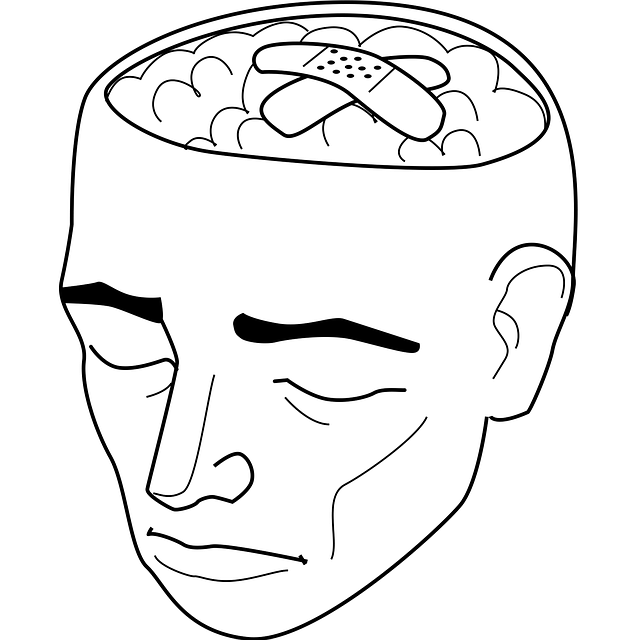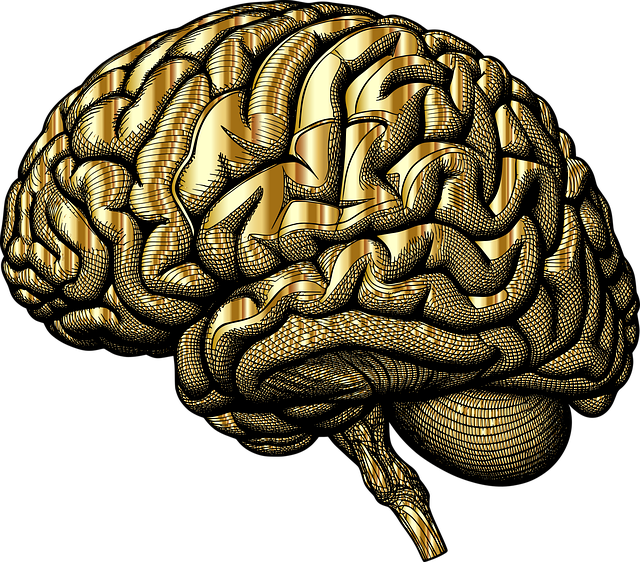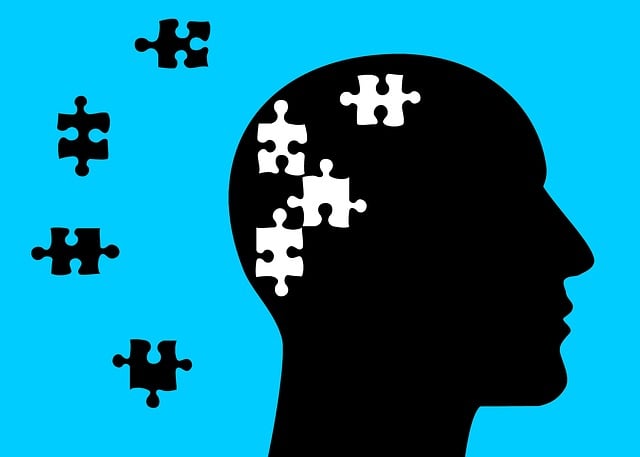Golden Codependency Therapy (GCT) is a comprehensive approach to harm minimization, focusing on client safety and intergenerational trauma healing. By identifying psychological and physical harms holistically, therapists mitigate risks and design tailored interventions for optimal therapeutic outcomes. GCT targets emotional dependencies and unhealthy relationships, empowering individuals to break free from destructive patterns. Safe environments, cultural competency training, and burnout prevention are key, while risk factors guide targeted strategies like Social Skills Training, Confidence Boosting, and Resilience Building. Dynamic monitoring, reviewing, and adaptability ensure GCT remains effective in evolving harm minimization landscapes.
Risk assessment and harm minimization are vital components of creating safe, supportive environments. This comprehensive guide explores these essential strategies, focusing on Golden Codependency Therapy as a powerful tool for harm reduction. We delve into understanding risk factors, defining potential harms and vulnerabilities, and developing effective plans. Learn how to implement strategies for secure settings, monitor progress, and adapt for continuous improvement. Discover the role of Golden Codependency Therapy in minimizing risks and fostering well-being.
- Understanding Risk Assessment: Defining Potential Harms and Vulnerabilities
- The Role of Golden Codependency Therapy in Harm Minimization
- Identifying Risk Factors and Creating a Comprehensive Plan
- Implementing Strategies for Safe and Supportive Environments
- Monitoring, Reviewing, and Adapting: Ensuring Continuous Improvement
Understanding Risk Assessment: Defining Potential Harms and Vulnerabilities

Understanding Risk assessment is a fundamental step in any harm minimization strategy, especially within the context of Golden Codependency Therapy (GCT). This process involves meticulously identifying and defining potential harms and vulnerabilities that might arise during therapeutic practices. GCT, as an innovative approach to addressing intergenerational trauma, aims to foster healing and growth while ensuring client safety. By assessing risks, therapists can proactively develop strategies to mitigate any adverse effects.
In the realm of trauma support services, recognizing the diverse forms of harm is crucial. This includes both psychological and physical dangers, particularly when dealing with individuals who may have experienced complex traumas. Mental health education programs design comprehensive risk assessment tools to consider burnout prevention as a critical component. These assessments enable therapists to tailor interventions, ensuring that the therapeutic process remains beneficial and secure for all participants.
The Role of Golden Codependency Therapy in Harm Minimization

Golden Codependency Therapy (GCT) plays a pivotal role in harm minimization planning by addressing underlying emotional dependencies and unhealthy relationships that can contribute to risky behaviors. This therapeutic approach recognizes the intricate interplay between individual emotional well-being and their interactions with others, focusing on fostering healthy boundaries and improving coping mechanisms. GCT facilitates an understanding of codependency as a complex psychological phenomenon, which often stems from past traumatic experiences or dysfunctional family dynamics.
By integrating emotional healing processes into harm minimization strategies, GCT empowers individuals to break free from destructive patterns. Healthcare provider cultural competency training is essential here, ensuring professionals are equipped to offer tailored support that respects diverse backgrounds and perspectives. Moreover, burnout prevention is a key aspect of GCT, as it equips clients with tools to manage stress and avoid self-destructive behaviors often associated with chronic stress and emotional exhaustion.
Identifying Risk Factors and Creating a Comprehensive Plan

Identifying risk factors is a critical step in any comprehensive harm minimization strategy. This process involves meticulously examining various aspects of an individual’s life and environment, including psychological, social, and external influences. By understanding these risks, such as those associated with mental health issues, substance abuse, or challenging relationships, professionals can tailor interventions effectively. For instance, Golden Codependency Therapy offers a unique approach by addressing interdependent relationship dynamics and enhancing communication skills, thereby fostering healthier connections.
Creating a comprehensive plan requires integrating various strategies, including Social Skills Training, Confidence Boosting, and Resilience Building activities. These techniques empower individuals to navigate risks more adeptly, develop coping mechanisms, and build inner strength. Through structured programs, participants learn valuable social interactions, assertiveness, and self-worth, which are instrumental in mitigating potential harms and promoting overall well-being.
Implementing Strategies for Safe and Supportive Environments

Creating safe and supportive environments is a cornerstone of effective mental health care, especially when implementing strategies aligned with Golden Codependency Therapy (GCT). GCT emphasizes the importance of structured settings where individuals can foster healthy relationships and learn to manage their moods effectively. This involves ensuring physical safety and emotional well-being within various contexts, including therapy sessions, group support meetings, and residential facilities.
Healthcare providers play a pivotal role in cultivating these environments by integrating Mood Management techniques into their practice. Through ongoing training and education, particularly focusing on Cultural Competency, professionals can better understand and cater to the diverse needs of their clients. Equally important is Risk Management Planning, which enables mental health professionals to anticipate and mitigate potential risks, thereby fostering a more secure atmosphere conducive to healing and growth.
Monitoring, Reviewing, and Adapting: Ensuring Continuous Improvement

In the dynamic landscape of risk assessment and harm minimization planning, monitoring, reviewing, and adapting are key pillars that underpin successful strategies. This continuous improvement cycle is akin to Golden Codependency Therapy, where balance and harmony are maintained through ongoing adjustment. Regular monitoring allows for the early detection of potential risks or emerging trends, enabling proactive measures. Reviewing existing plans involves a critical analysis of their effectiveness, taking into account lessons learned and best practices from various sources, including Mental Health Education Programs Design.
Adaptability is crucial in navigating the ever-changing environment where risks can materialize unexpectedly. By integrating Stress Reduction Methods to foster resilience, individuals and organizations can better cope with unforeseen challenges. This iterative process ensures that harm minimization planning remains relevant, effective, and aligned with evolving needs, ultimately boosting confidence in managing risks and promoting well-being.
Risk assessment and harm minimization planning are essential components of creating safe, supportive environments. By understanding potential harms and vulnerabilities, integrating Golden Codependency Therapy, identifying risk factors, and implementing strategic interventions, we can foster positive outcomes. Continuous monitoring, reviewing, and adaptation ensure these plans remain effective, reflecting the dynamic nature of both individuals and communities. This comprehensive approach not only minimizes harm but also promotes growth and well-being for all involved.














